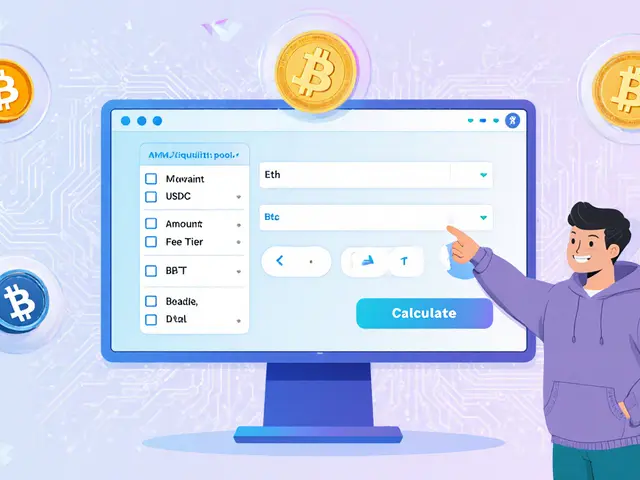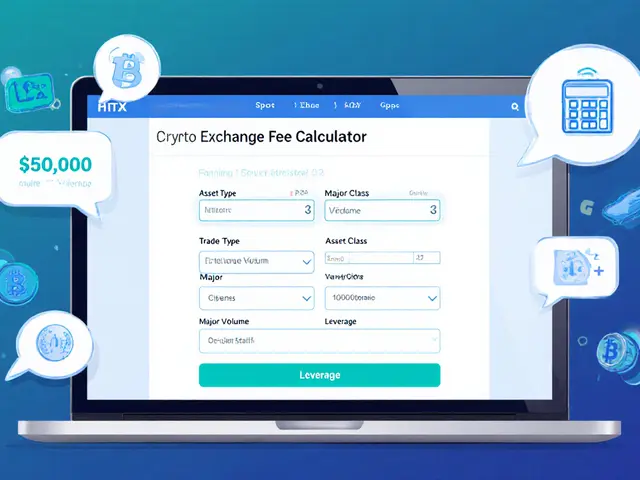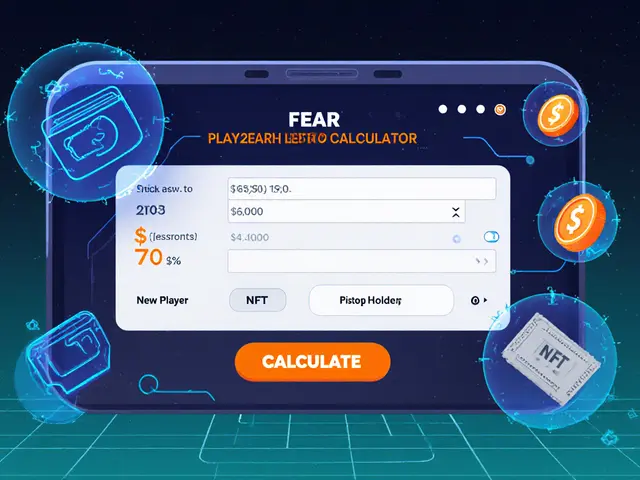Margin Trading: What It Is and Why It Matters
When working with Margin, a trading method that lets you borrow funds to increase your market exposure. Also known as margin trading, it lets you amplify gains – and losses – with borrowed capital. Isolated Margin, locks the borrowed amount to a single position, so only that trade can be liquidated and protects the rest of your account. In contrast, Cross Margin, shares your entire margin balance across all open positions, allowing losses on one trade to be covered by gains on another. Both approaches require Leveraged Trading, using borrowed funds to control a larger position than your capital alone would allow, and they both trigger a margin call when the account equity falls below the maintenance requirement. Understanding how margin, isolated and cross styles interact is the first step to avoiding a forced liquidation.
Choosing the Right Margin Style and Managing Risk
The decision between isolated and cross margin boils down to how much risk you’re willing to allocate per trade. With margin trading, isolated margin acts like a safety net – if that position tanks, only the pre‑set amount is at stake. Cross margin can be more efficient for seasoned traders who want to keep their capital working across several positions, but it also means a single bad move can drain the whole account. Most platforms let you set a stop‑loss or a liquidation price, which are essential tools for risk management. For example, if you open a Bitcoin/USDT pair with 5× leverage, a 20% drop in Bitcoin’s price wipes out your equity in an isolated position, while a cross‑margin account could survive if other profitable positions offset the loss. Knowing the liquidation threshold, monitoring the borrowed‑to‑equity ratio, and using tight stop‑losses are practical ways to keep the downside in check.
Regulators are increasingly watching margin products, especially after several high‑profile liquidations in 2024. Exchanges now publish clear margin requirements and provide educational resources to help traders assess their risk appetite. Below, you’ll find a curated set of articles that dive deeper into margin mechanics, compare how different exchanges handle isolated and cross margin, explain tax implications of leveraged trades, and offer step‑by‑step guides for setting up safe margin accounts. Whether you’re a beginner looking to test the waters or an experienced trader fine‑tuning your strategy, the posts ahead give you the context and tools you need to trade smarter.
Learn how collateral risk management secures loans, cuts costs, and meets regulatory rules using margin, haircuts, AI, and blockchain.



 Finance
Finance




